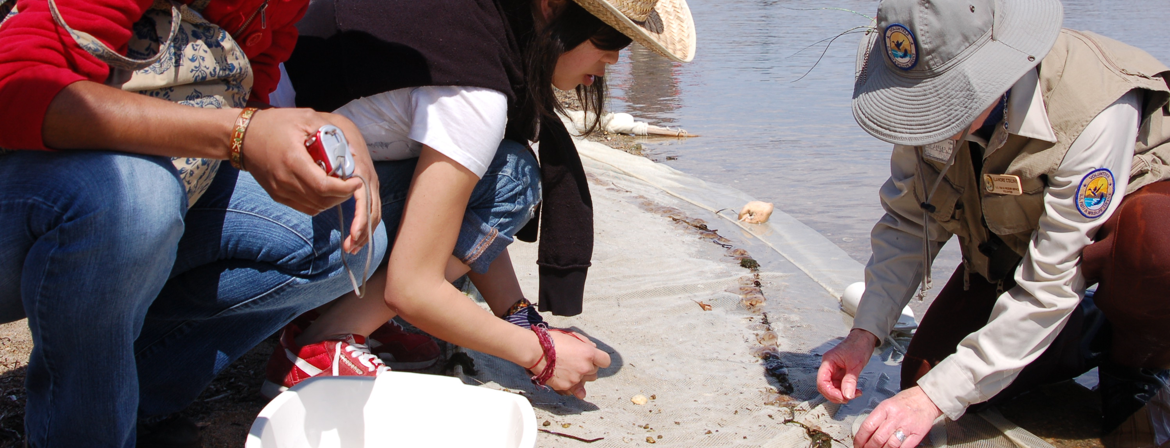Focus Theory of Normative Conduct and Terror Management Theory: The Interactive Impact of Mortality Salience and Norm Salience on Social Judgment
Jonas, E., Martens, A., Niesta Kayser, D., Fritsche, I., Sullivan, D., & Greenberg, J. (2008). Focus theory of normative conduct and terror management theory: the interactive impact of mortality salience and norm salience on social judgment. Journal of Personality and Social Psychology, 95(6) 12391251.
The impact of vivid messages on reducing energy consumption related to hot water use.
Bailey, J. O., Bailenson, J. N., Flora, J., Armel, K. C., Voelker, D., & Reeves, B. (2015). The impact of vivid messages on reducing energy consumption related to hot water use. Environment and Behavior, 47(5), 570-592.
Effectiveness of hand-washing teaching programs for families of children in paediatric intensive care units.
Chen, Y.-C., & Chiang, L.-C. (2007). Effectiveness of hand-washing teaching programs for families of children in paediatric intensive care units. Journal of Clinical Nursing, 16(6), 1173-1179.
Sex differences in public restroom handwashing behavior associated with visual behavior prompts.
Johnson, H. D., Sholcosky, D., Gabello, K., Ragni, R., & Ogonosky, N. (2003). Sex differences in public restroom handwashing behavior associated with visual behavior prompts. Perceptual and Motor Skills, 97(3, Pt 1), 805-810.
Memorable messages and the H1N1 flu virus.
Miczo, N., Danhour, E., Lester, K. E., & Bryant, J. (2013). Memorable messages and the H1N1 flu virus. Western Journal of Communication, 77(5), 625-644.
Development of an intervention to reduce transmission of respiratory infections and pandemic flu: Measuring and predicting hand-washing intentions.
Miller, S., Yardley, L., & Little, P. (2012). Development of an intervention to reduce transmission of respiratory infections and pandemic flu: Measuring and predicting hand-washing intentions. Psychology, Health & Medicine, 17(1), 59-81.
Framing flu prevention—An experimental field test of signs promoting hand hygiene during the 2009–2010 H1N1 pandemic.
Updegraff, J. A., Emanuel, A. S., Gallagher, K. M., & Steinman, C. T. (2011). Framing flu prevention—An experimental field test of signs promoting hand hygiene during the 2009–2010 H1N1 pandemic. Health Psychology, 30(3), 295-299.
Social-cognitive factors mediating intervention effects on handwashing: A longitudinal study.
Contzen, N., & Inauen, J., (2015). Social-cognitive factors mediating intervention effects on handwashing: A longitudinal study. Journal of Behavioral Medicine, 38, 956-969.
Social influence in child care centers: A test of the theory of normative social behavior.
Lapinski, M.K., Anderson, J., Shugart, A., & Todd, E., (2014). Social influence in child care centers: A test of the theory of normative social behavior. Health Communication, 29, 219-232.
Turning up the heat: The effects of fear appeals on sun-protective attitudes, intentions, and behaviours
Dukeshire, S. R. (1996). Turning up the heat: The effects of fear appeals on sun-protective attitudes, intentions, and behaviours (Order No. AAMNN09337). Available from PsycINFO. (619001825; 1996-95023-018).



